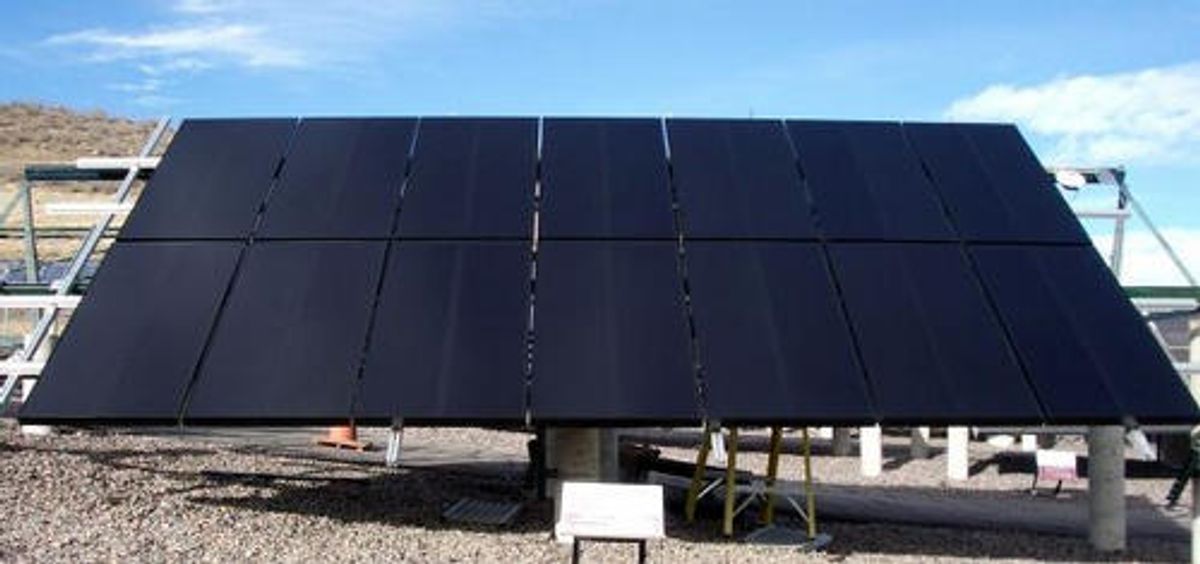A notorious economics joke has optimistic implications for solar energy and its decades-long dreams of matching the cost of the electricity now flowing on power grids -- the vaunted grid parity that is most renewable energy advocates' image of the singularity that will free us from climate change and the anti-democratic effects of centralized power. In the joke an economist, physicist and chemist are stranded, starving, on a remote island when a can of soup washes ashore. The physicist proposes smashing it open with a rock, and the chemist wants to build a fire, heat the can and blast it open. The economist offers a simpler solution: “Let’s assume," he says, "that we have a can opener."
The joke isn't the work of a frustrated, underfunded physical scientist, but rather the Nobel-prize winning American economist Paul Samuelson. His joke provides an admission: Economists rely on a bevy of assumptions about people and their tools to reduce a complex world to dollars-and-cents and those assumptions can be wrong, rendering economic theories and projections of limited practical value. Solar advocates have begun to argue that its time for economists to reassess an assumption underpinning cost estimates for power from photovoltaics: the expected lifetime of a solar panel.
Accelerated-aging tests of solar panels installed a decade ago with 20-year lifetime warranties predict that 90% will still be operating at the 30-year point according to this BBC report on research by Heinz Ossenbrink at the EU Energy Institute. Ken Zweibel, director of George Washington University's Solar Institute, tells me he's betting that panels produced today warranted for 30 years will be working decades longer--albeit at roughly 30% lower power output. "My belief is that it will be 60 years," says Zweibel.
If researchers such as Zweibel and Ossenbrink are right, the up-front cost of producing and installing photovoltaics today should be amortized over a longer useful lifetime, and a much larger number of kilowatt-hours of power generation. That will lower the estimated cost per kilowatt-hour. Combined with remarkable reductions in manufacturing costs achieved in recent years -- a 40% reduction since just the middle of last year according to authors from Applied Materials writing last month in Photovoltaics World magazine -- Ossenbrink predicts that solar will hit grid-parity across Europe within a decade.
That would be one heck of a can opener.
Peter Fairley has been tracking energy technologies and their environmental implications globally for over two decades, charting engineering and policy innovations that could slash dependence on fossil fuels and the political forces fighting them. He has been a Contributing Editor with IEEE Spectrum since 2003.



